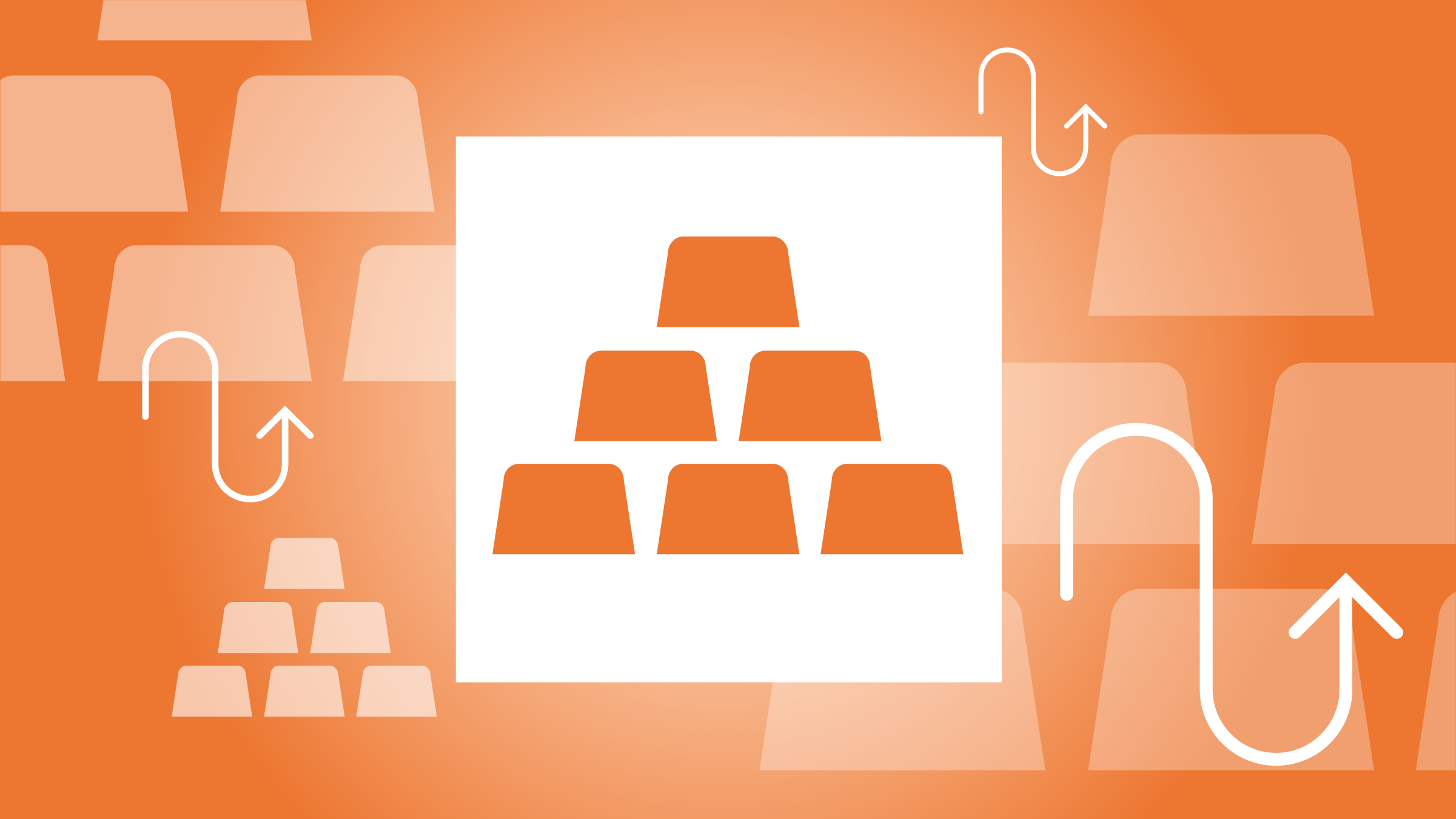Morningstar's "Perspectives" series features investment insights from third-party contributors. Here as part of our Guide to Maximising Your Pension, Steph Condra, retirement specialist at AXA Investment Management, gives guidance for what those aged in their 40s and 50s can do now to prepare for life in retirement.
When you are far from retirement, it can be easy to put pension savings lower down on your list of financial priorities, behind some of the more immediate expenses that arise. Balancing your budget is tricky, but choosing not to ‘pay yourself first’ and save for retirement means that you will end up paying later – either working longer than you wanted, or having to adjust your lifestyle to live within a lower budget in the future. If you choose not to be the driver in your retirement journey, it’s likely you will end up arriving at a destination where you didn’t intend to be.

Multiply your desired retirement income by 20. This is your savings target

When it comes to building up your retirement savings, the acronym ‘C-A-R’ is a useful way to remember the three main decisions that will influence your financial future.
Contributions
This includes the money that you and your employer are putting into your pension. In many cases, your employer might offer to match any contributions that you make. This should be your primary retirement savings objective: Maximising your employer contributions. This decision should come as easily and automatic as putting on your seatbelt – and it should feel uncomfortable when you choose not to do it.
When you are thinking of how much you should be aiming to contribute, a common suggestion is to aim to save 15% your salary each year, including contributions made by your employer. There is an ongoing debate in the industry around whether 15% is too low, but it’s a reasonable number to target when you are in your 40s and 50s. Remember that if you start late on saving for retirement or take a few ‘pit stops’ along the way, you will need to make this up in subsequent years.
Age
Another decision is the age that you start to draw an income from your accumulated savings. With many financial events happening later in life – finishing school, buying a house, raising children – it’s reasonable to expect that your retirement age will be pushed back as well. This will give you more time to ramp up your contributions to maximise the size of your pension pot or other savings and assets that you have earmarked to fund your retirement. We are seeing more and more examples of people working part time or finding more flexible working arrangements after age 65: The ONS recently reported that in Q3 2015, 33,000 over 65s re-entered the workforce.
When you reach your 40s and 50s, you will begin to get a clearer picture of the level of income you need to sustain your lifestyle – the expenses that will drop off over time, perhaps your mortgage and supporting your children, and those that will continue or even increase like health care costs. A helpful back-of-the-envelope calculation is to multiply your desired retirement annual income by 20. This is the figure that you want to target for your retirement savings.
Returns
Your 40s and 50s are a good time to review how your pension investments are managed. While your workplace pension scheme will invest you in a default strategy or your advisor might have designed a strategy for you, remember that you have the option to adjust this. What was right for you in the past might not be suitable in the future, especially if your plans for retirement become clearer.
To support your investment decisions, set aside time each year to give yourself a pension ‘tune-up’. The best investment decisions are made when you have a clear picture of everything you own and owe. Make sure you have information on any pension savings that you have with your current employer and others that you used to work for. The government has been talking about developing a ‘pensions dashboard’ to help with this, but instead of waiting for that to happen, it might be useful to develop your own.
Keep in mind that these are general guidelines. As we all know, driving conditions will vary and you might need to take a detour or adjust your speed to stay on the road. During this period of life, it’s not about getting the little details right – it’s about setting off in the right direction. When it comes to saving for retirement, remember that you are in the driver’s seat. It’s your money, it’s your future.
Disclaimer
The views contained herein are those of the author(s) and not necessarily those of Morningstar. If you are interested in Morningstar featuring your content on our website, please email submissions to UKEditorial@morningstar.com





























